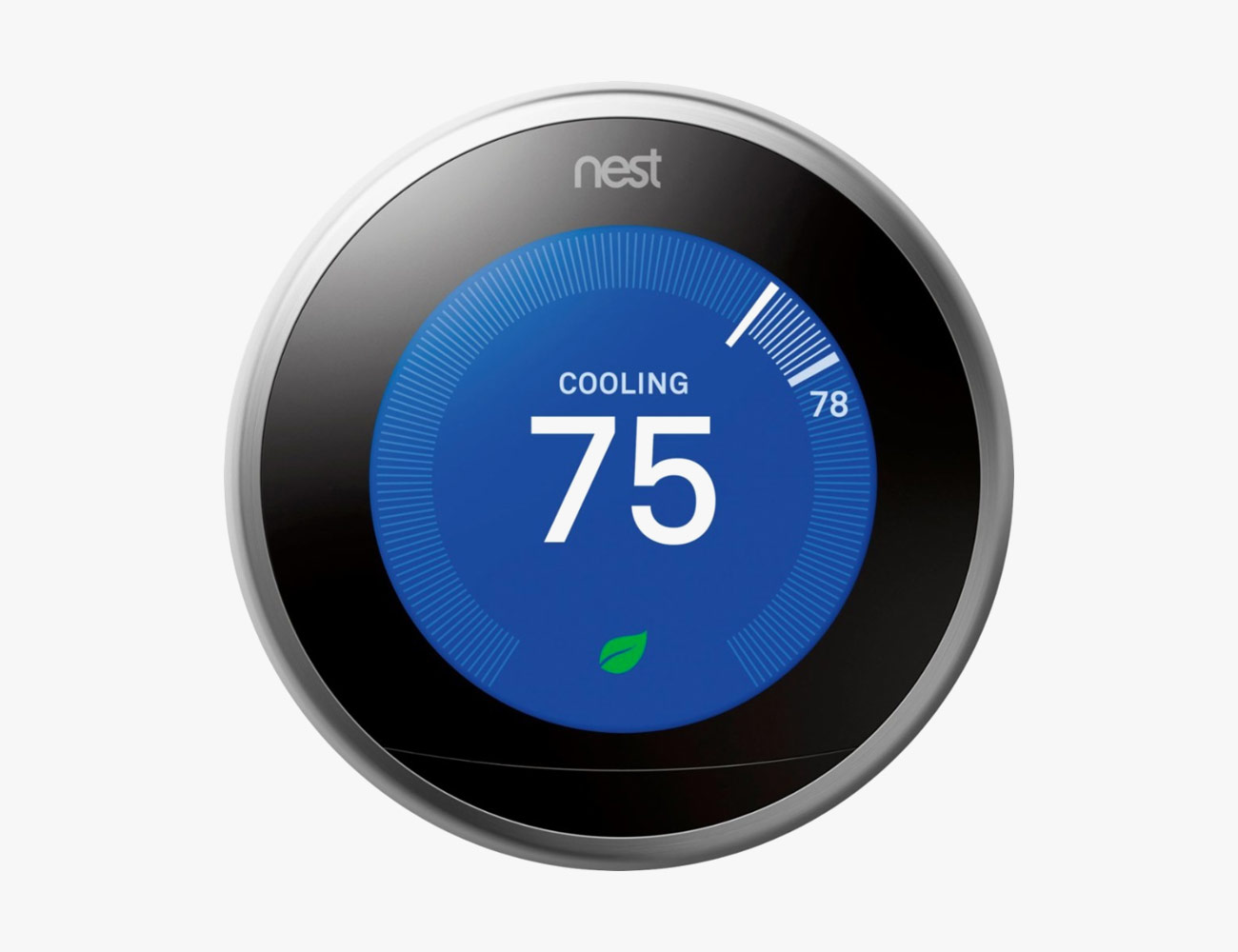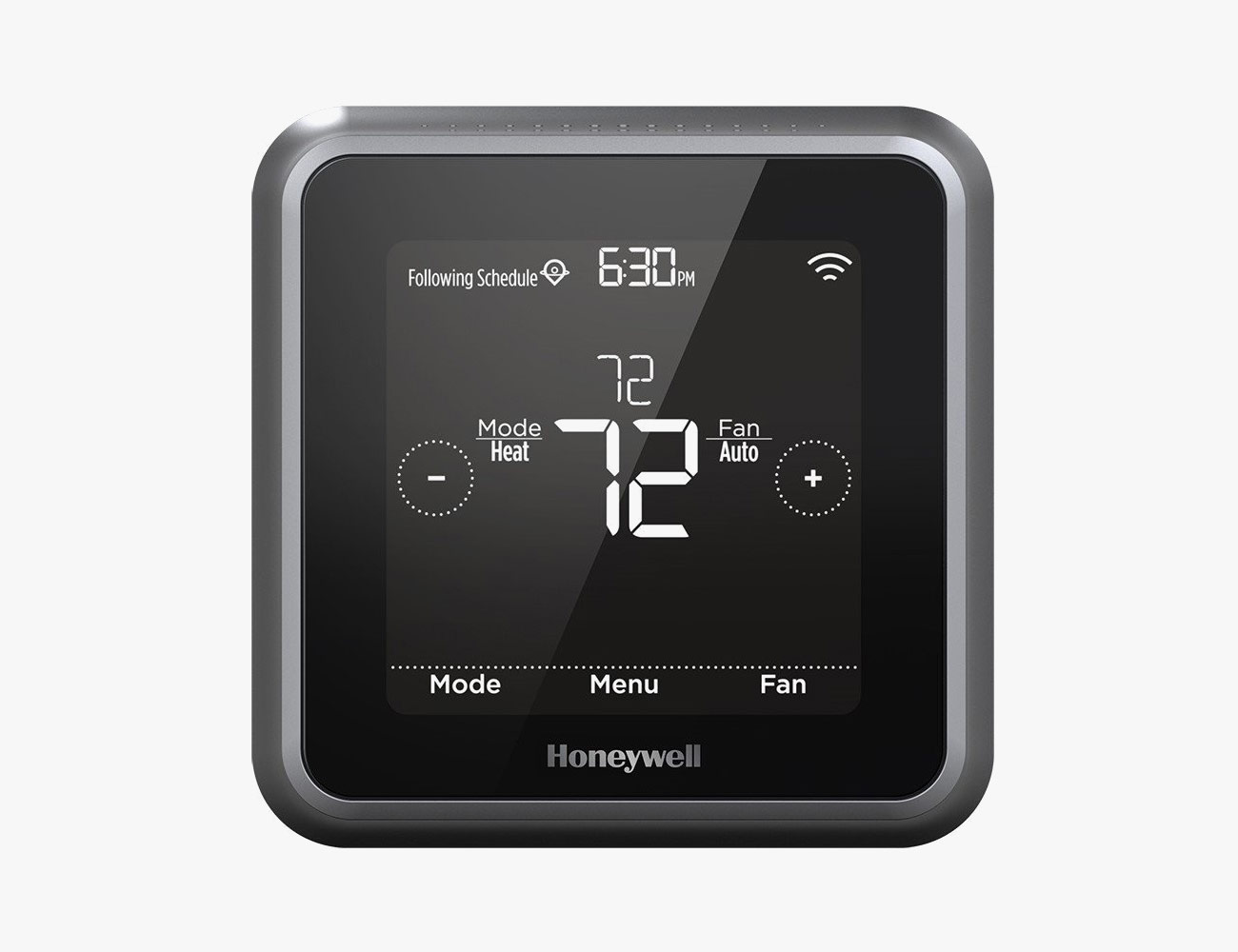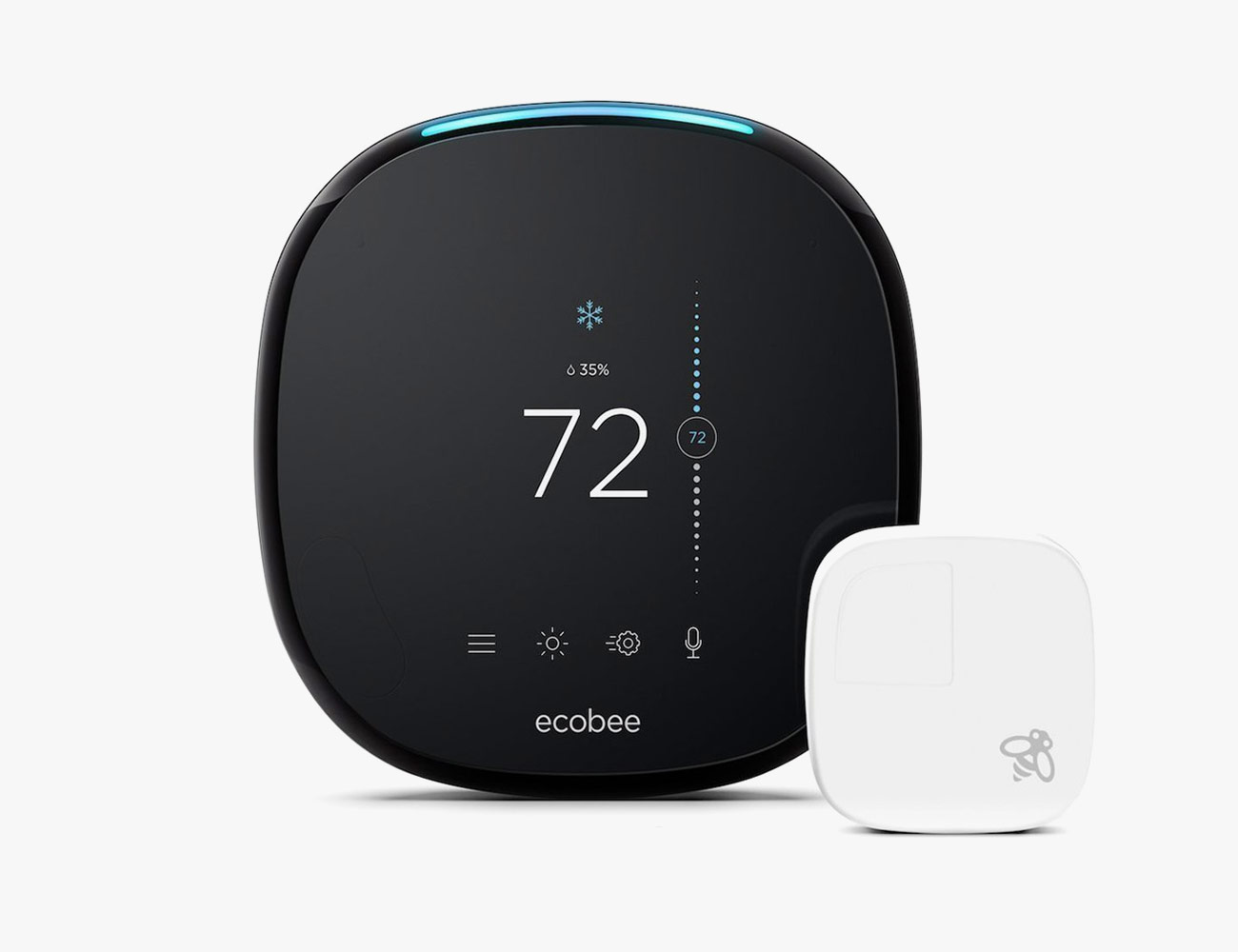Smart thermostats have plenty of upsides. They can make your home more energy efficient, saving your home upwards of $100 a year on heating and cooling bills. They’re easy to use, with touchscreens and simple interfaces, unlike the programmable thermostat that’s probably currently installed in your home, and you can control the temperature of your home remotely. Smart thermostats can do other things, too. They can be integrated with your home’s other smart home devices. Some can learn your habits and adjust your home’s temperature without you having to lift a finger. And some can be controlled with your voice, much like your Amazon Echo.
Before diving too deeply, it’s important to understand that smart thermostats are a little different from other smart home devices, such as smart speakers, smart security cameras, smart plugs and lights. All those devices are pretty easy to set up — you plug them in, open the app, type in some information — and there’s no real installation process involved. Smart thermostats require more pre-planning, as it’s no guarantee that the model you want will work your specific home.
Before buying a smart thermostat, you need to know what type of HVAC system your home uses. Is it an electric, gas, propane or oil system (or something else still)? You’ll want to know if your home uses separate heating and cooling systems; if so, you’ll likely need a separate smart thermostat to control each. Most smart thermostats require a common wire — or C-wire — installation too, which it needs to stay constantly connected to a home’s wi-fi. If you have an older HVAC system and your current thermostat doesn’t have this common wire connection, all is not lost: Consumer Reports explains the other ways you can still install a smart thermostat.
In order to work, a smart thermostat uses its built-in sensors to gauge and adjust the temperature of the room. As you could’ve guessed, a smart home thermostat can control the temperatures of multiple rooms, but there are some caveats. First, you’ll want to buy separate wi-fi sensors — such as Nest’s Temperature Sensors — for the rooms that the smart thermostat isn’t in. This type of sensor-based zoning system works decently well, but it’s not the most efficient. Since the home likely has a singular central heating and cooling system, in order to adjust the temperature of one room it needs to adjust the temperature of every room, so it’s a constant balancing act to get the temperature just right.
Larger homes with multiple floors will likely have multiple heating and cooling systems to control the different areas of the house all at the same time. In those cases, the homes will have system-based zones, a much more efficient way of controlling the temperature of a home — you can turn the air conditioning on in one area of the house without affecting the other. The downside is that you’ll need to buy multiple smart thermostats, as one is required to control each of the different areas and its individual heating and cooling system.
It’s a lot to take in — I know — but the good news is that most newer homes are compatible with today’s most popular smart thermostats. And if you don’t want to install the smart thermostat yourself, or you don’t know answers to the above questions, you can hire a professional to do it for you. (Best Buy has a handy “How to Install Your Smart Thermostat” guide, here, in case you want to know what you’re getting into.) A number of retailers, such as Best Buy, Home Depot or Amazon, let you purchase this installation when you buy a smart thermostat.
From here, decisions get a bit easier as you get to decide which smart thermostat you want, rather than be dictated by your home. You get to choose how expensive of a smart thermostat you want, as well as what you want it to be able to do. If you have other smart home devices that work with either Apple’s Siri, Amazon’s Alexa or Google’s Google Assistant, you also want to make sure that your smart thermostat is on the same wavelength. There’s no need to talk to multiple virtual assistants if you don’t have to.
Best Overall: Nest Learning Thermostat (3rd Generation)
The Good: The Nest Learning Thermostat is the best smart thermostat for most people. It’s the smartest in the industry, able to learn from you and your family’s habits and plan the temperature so that you don’t have to. It uses built-in motion sensors to detect if people are home. It’s simple to summon your energy usage reports, so you have a better idea on how your home’s heating and cooling systems are functioning. The device itself is elegant and easy to use, with a beautiful LCD touchscreen and a huge rotating dial. You can set up separate room sensors for more accurate temperature control. It’s also compatible with all the major voice assistants.
Watch out for: It’s expensive and if you buy the Nest Thermostat E ($169), you’re basically getting the same smart thermostat in a less pretty package. There’s built-in virtual assistant, so you can’t talk directly to the smart thermostat to adjust the temperature.
Key Specs
Works with: Amazon Alexa, Apple Homekit, Google Home, IFTTT
C-Wire: Yes
| |
Runner Up: Honeywell Lyric T5
The Good: The Lyric T5 is an affordable smart thermostat for anybody in Apple’s or Amazon’s smart home ecosystem. It doesn’t have a built-in assistant, but if you have an Alexa- or Siri-enabled smart speaker you can adjust the temperature using your voice. It uses geofencing, meaning that it can be programmed to automatically turn on/off when you’re arriving/leaving the home. You can program heating/cooling schedules for up to a week out.
Watch out for: Requires a C-Wire connection. There aren’t any compatible motion sensors, so it can’t adjust multiple zones in the house. It’s not the prettiest smart thermostat to look at. No integrated virtual assistant. It won’t learn your heating and cooling habits like more sophisticated, more expensive smart thermostats.
Key Specs
Works with: Apple HomeKit, Amazon Alexa
C-Wire: Yes
| |
Best Budget: Ecobee4
The Good: The Ecobee4 has built-in Alexa so, aside from saying “Hey Alexa” and adjusting the temperature, you can also use voice commands to do things usually reserved for a smart speaker, such as setting a timer, answering a query or reading the news. The smart speaker is also compatible with Google Home, Apple HomeKit, Samsung SmartThings and IFTTT. Its companion app is well designed and easy to navigate, and it allows you to set schedules and things like vacation dates. You can purchase Ecobee’s room sensors to control the temperature in multiple rooms. The single thermostat also has integrated motion and sound sensors to detect if somebody is home/away and it’ll adjust the temperature accordingly.
Watch out for: The Ecobee4 is fairly expensive. Requires a C-Wire connection to install.
Key Specs
Works with: Amazon Alexa, Apple HomeKit, Samsung SmartThings, Google Home, IFTTT
C-Wire: Yes
| |




